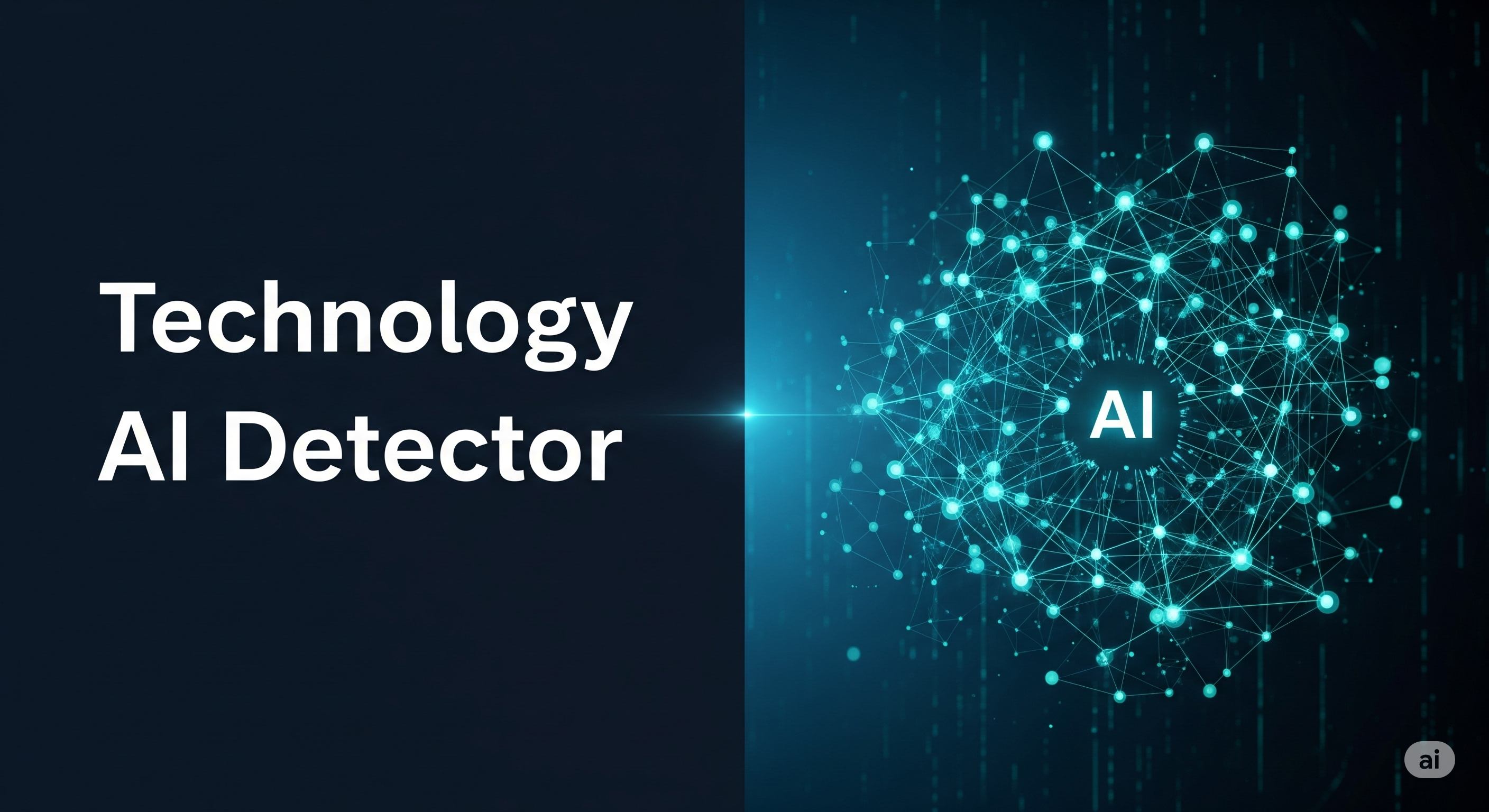In a world driven by technology, artificial intelligence (AI) has become a revolutionary force that influences every aspect of our lives. From smart assistants to automated writing tools, AI is everywhere. However, this advancement has also raised concerns about the authenticity of digital content. That’s where the AI detector comes in—a modern tool designed to distinguish between human-written and AI-generated text.
The Rise of Artificial Intelligence in Content Creation
The explosion of AI-powered writing tools has made it easier than ever to generate blogs, essays, emails, and even research papers with just a few clicks. While this innovation saves time and effort, it also brings a major question: how do we know what’s truly written by a human?
AI-generated text often mimics human tone, grammar, and creativity, making it challenging to differentiate between human and machine output. This is exactly why AI detectors have gained so much importance—they act as a filter between originality and automation.
What Is an AI Detector?
An AI detector is a digital tool that analyzes a piece of text to identify whether it was created by a human writer or generated by an AI model. These tools use advanced algorithms and linguistic analysis to detect patterns that are commonly associated with AI writing.
Unlike humans, AI tends to produce text that is overly structured, grammatically perfect, and predictable. An AI detector looks for these characteristics, scanning for sentence uniformity, vocabulary diversity, and other subtle indicators. The result is usually a score that shows how likely it is that the text was created by artificial intelligence.
How Does an AI Detector Work?
AI detectors rely on natural language processing (NLP) and machine learning. These systems have been trained on massive datasets that include both human and AI-generated texts. By comparing new content to this data, the detector can recognize unique patterns of AI writing.
Some of the main features analyzed by AI detectors include:
- Sentence structure and rhythm: AI-generated content often follows a predictable structure.
- Word choice and variation: Machines tend to repeat similar words or phrases more often than humans.
- Emotional tone: Human writing usually expresses emotions or personal opinions, while AI content may sound neutral.
- Context awareness: Humans can naturally adapt tone and flow according to context; AI sometimes misses this subtlety.
Why Are AI Detectors Important?
The need for AI detection is growing rapidly, especially in industries where authenticity and trust matter. In education, AI detectors help teachers verify if a student’s assignment was written independently or produced using AI tools. In journalism and marketing, they protect credibility by ensuring that published articles reflect human creativity.
For businesses, AI detectors also play a key role in maintaining brand identity. Companies rely on genuine storytelling and unique tone to connect with their audience—something that AI-generated content may not always capture accurately.
Benefits of Using AI Detectors
- Maintaining Originality: Detecting AI-generated text helps preserve originality in writing, ensuring that creative voices are not replaced by automated tools.
- Enhancing Academic Integrity: Schools and universities use AI detectors to prevent plagiarism and uphold honesty in academic work.
- Protecting Businesses: Companies can ensure their content aligns with their brand’s voice and values, maintaining customer trust.
- Encouraging Responsible AI Use: AI detectors don’t discourage AI use—they promote a balance, reminding writers to use AI tools ethically.
- Boosting Online Credibility: Authentic content ranks better in search engines and builds stronger engagement with audiences.
The Limitations of AI Detectors
While these tools are powerful, they’re not flawless. Some advanced AI models can generate text that closely mimics human writing, making detection more difficult. Similarly, false positives can occur—meaning human-written content might be mistakenly flagged as AI-generated.
To improve accuracy, developers continuously update detectors with new data and algorithms. Users are also encouraged to treat results as indicators rather than absolute proof.
The Future of AI Detection
As AI continues to evolve, AI detectors will become even more sophisticated. We may soon see detectors that analyze multimedia content—such as AI-generated images, videos, and voice recordings. The ultimate goal is to create a transparent digital environment where audiences can easily verify the origin of any content they encounter.
In the future, websites might display an “AI Verified” badge, showing that the content has been checked for authenticity. This could revolutionize how we consume online information, bringing back the trust that automation has sometimes challenged.
Conclusion
The AI detector is not just a technical innovation—it’s a guardian of authenticity in the digital age. As artificial intelligence grows smarter, these detectors serve as an essential counterbalance, ensuring that creativity, honesty, and originality continue to thrive.
Whether you’re a writer, teacher, business owner, or content creator, embracing AI detectors means supporting a future where human and machine collaboration stays ethical, transparent, and trustworthy. In the race between human creativity and artificial intelligence, the AI detector ensures that truth always wins.

